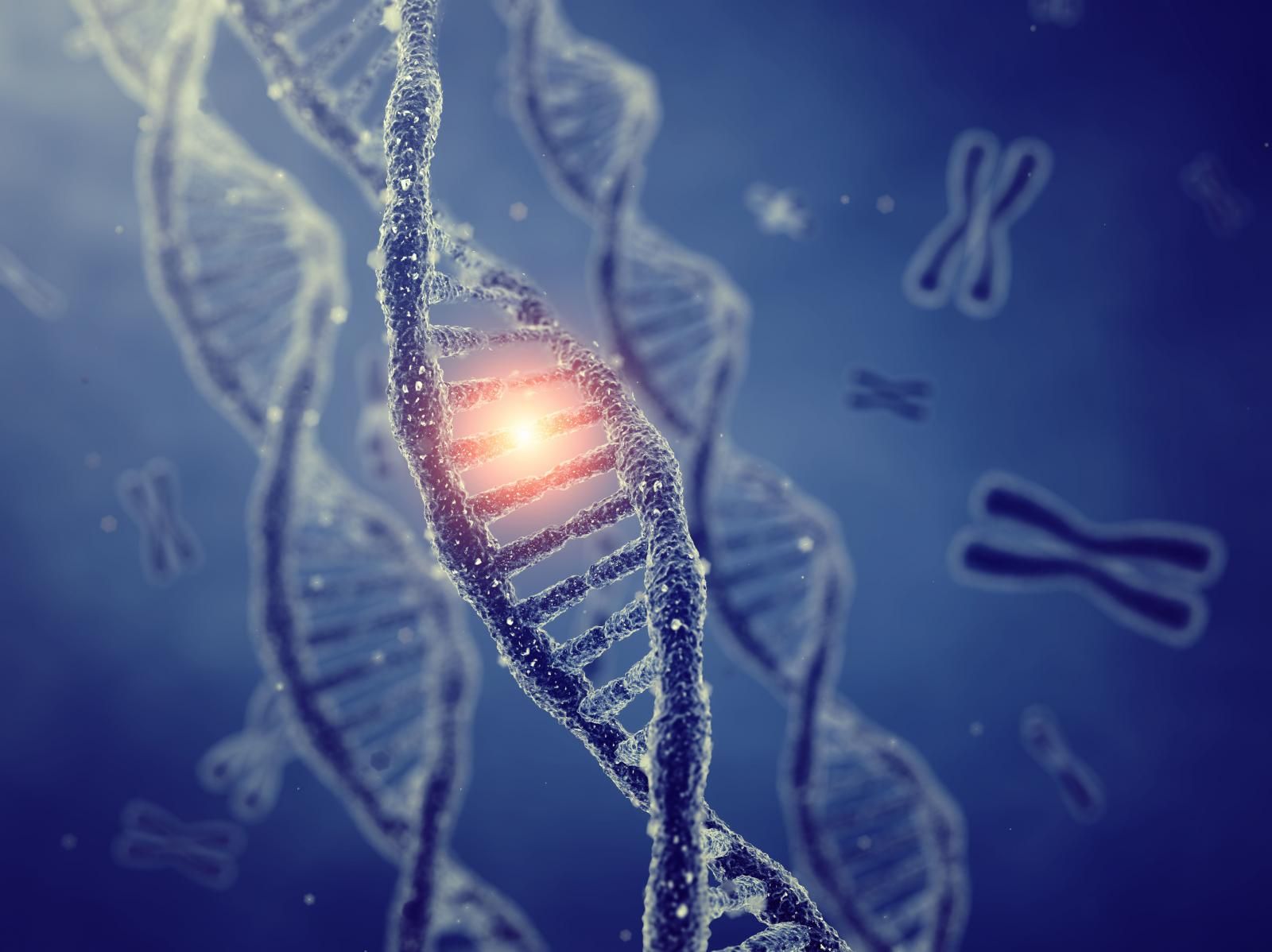Liquid Biopsy Study Confirms Concordance With Tissue Biopsy in Breast Cancer
Circulating free DNA in the blood may be a more effective way to measure disease in patients with breast cancer and track the progression of the disease, according to a study from researchers at the Fox Chase Cancer Center.

Circulating free DNA (cfDNA) in the blood may be a more effective way to measure disease in patients with breast cancer and track the progression of the disease, according to a study from researchers at the Fox Chase Cancer Center.1
Liquid biopsies yield unique benefits compared with other genetic testing methods, such as collecting samples with tumor biopsies. Collecting samples in the blood is a less invasive procedure and can provide a better understanding of cancer as a whole. Oftentimes, taking a biopsy from one side of a tumor, rather than the other, may impact the accuracy of the results.
“These tumors will shed ‘garbage’ into the ‘sewer system,’ which is our blood stream. Sometimes we want to test a tumor, but the tumor is very deep, and it’s hard to get a needle into it or it’s dangerous to the patient,” said Jennifer Winn, MD, MS, assistant professor, Department of Hematology/Oncology, Fox Chase.1“An alternative to that is testing the ‘garbage.’ So cfDNA basically uses that concept. Tumors shed their DNA into the blood stream, and it’s much easier to draw blood than to do needle biopsies.”
Nineteen patients with advanced inflammatory breast cancer (IBC) of stages III or IV were enrolled in the retrospective analysis, and all patients were female, including 15 Caucasian, 2 African American, 1 Hispanic, and 1 Asian. The median age at diagnosis was 47.6 years (range, 32-69). Blood samples were collected from their tumors for analysis.2
The pathogenic variants or likely pathogenic variants that were detected most frequently in these patients includedTP53in 47.3%, PMS2in 26.3%, MRE11in 26.3%, BRCA1in 10.5%,RB1in 10.5%, ARin 10.5%, andPTENin 10.5% of patients. Of the 41 variants detected in this patient population, 21 (51.2%) were detected in both malignant tissues/cells and paired cfDNA. In addition, 13 (31.7%) were detected in the tissue, and 7 (17.1%) were detected only in cfDNA.
Pathogenic variants (n = 4) were also detected in the tissue, but investigators noted these variants were high allele fraction (AF) at >10%. These includedMEN1,PIK3CA,ESR1, andNCOR1.
Pathogenic variants in both tissue and matching cfDNA from the liquid biopsy with AF ~50% were detected, includingBRCA1, BRCA2,and TP53; these were all putative germline variants. Although leukocytes, fibroblasts, and normal tissue samples were unavailable for this study,BRCAvariants in 2 patients were confirmed to be germline in origin by clinical tests that were performed at the time of diagnosis.
Fifteen patients had tissue and blood samples collected at the same time, which allowed their samples to be analyzed for concordance between tissue and paired blood cfDNA. Investigators identified 3 groups of variants after analyzing the cfDNA profiles: a low AF group of variants, a middle group centered around 50% AF, and a high group centered around 100% AF that likely represented homozygous germline variants. Variants were detected in both tumor tissue and cfDNA, whereas other variants were only detected in the tissue or only the cfDNA.
Investigators found a total of 221 variants in the 15 patients based on criteria for inclusion of variants in the concordance portion of the analysis. Of these, 195 were detected in malignant tissue/cells, and of these 155 were found in cfDNA for a sensitivity of 79.5%. Of the 181 variants detected in cfDNA, 155 were detectable in the tissue as well; the positive predictive value was 85.6%
Overall, 93.7% of the variants with AF ≥10% were detected in the cfDNA as well as the malignant tissue/cells, whereas 73.3% of variants with 5% ≤ AF <10% were detected in both the malignant tissue/cells and cfDNA. However, only 36.8% of variants with tissue AF < 5% were detected in the cfDNA as well.
Researchers concluded that the genetic profile obtained by liquid biopsies were complementary to those discovered from tissue biopsies. The use of liquid biopsy reduces the need for invasive procedures in patients.1
Further research is necessary and remains ongoing to determine the effectiveness of liquid biopsy as a next-generation sequencing tool to study mutations in patients with cancer. Clinical trials are expanding to other types of cancer, including lung, colorectal, and ovarian cancer.
References:
- Fox Chase Researchers Study ‘Liquid Biopsies’ as Possible Method for Improved Cancer Detection and Monitoring Progression [news release]. Philadelphia, PA: Fox Chase Cancer Center; March 13, 2020. https://bit.ly/3a5YJQQ. Accessed March 17, 2020.
- Winn JS, Hasse Z, Slifker M, et al. Genetic variants detected using cell-free DNA from blood and tumor samples in patients with inflammatory breast cancer [Published Online February 12, 2020]. International Journal of Molecular Sciences.doi:10.3390/ijms21041290.